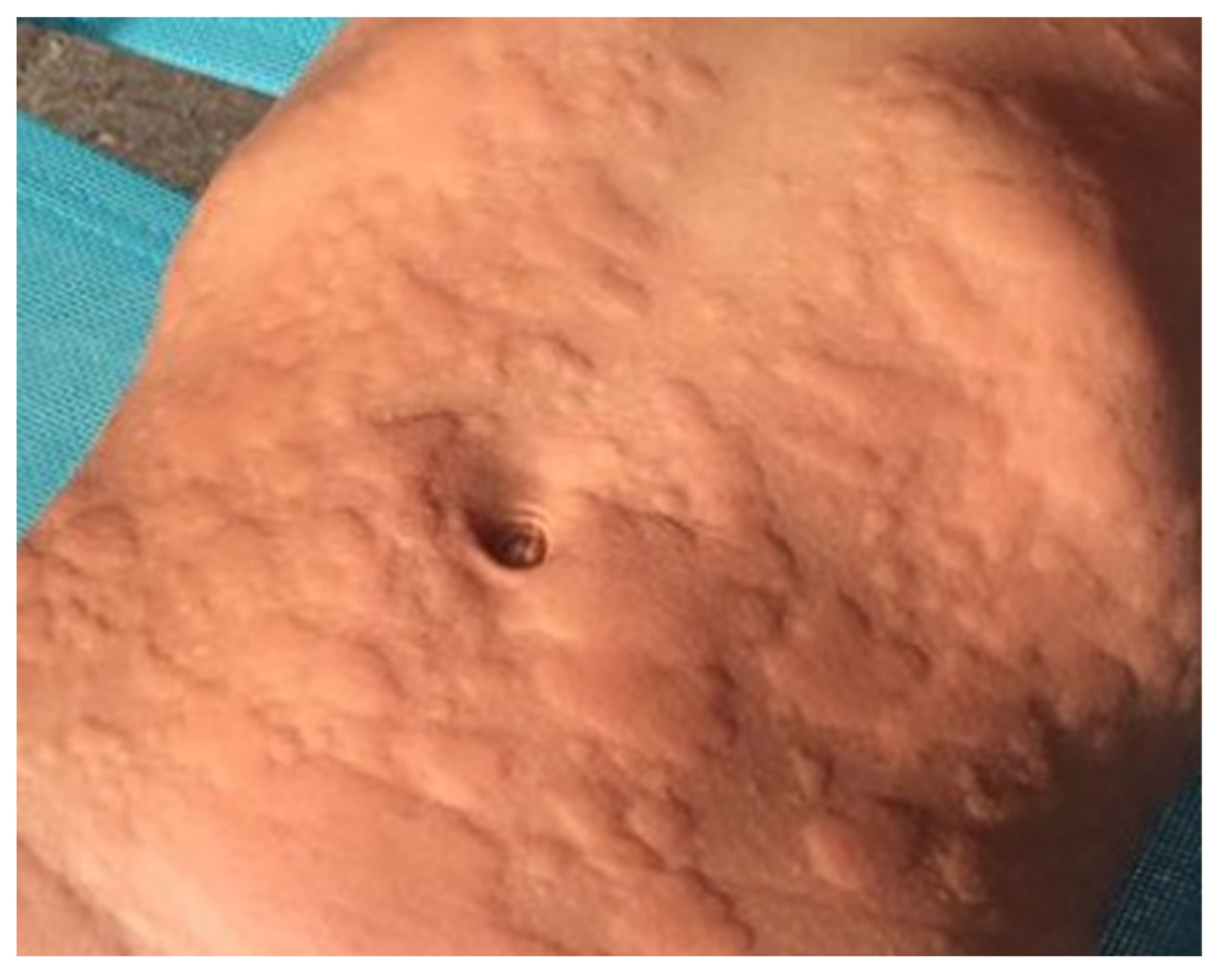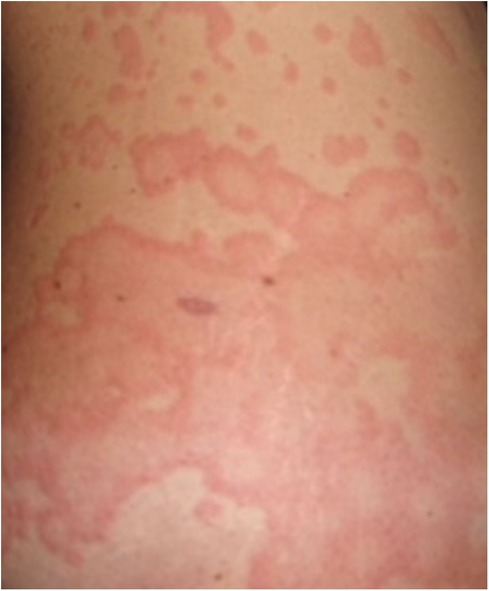Tomei L, Saretta F, Arasi S, Sarti L, Licari A, Giovannini M, Barni S, Liccioli G, Tallarico V, Piccorossi A, Caffarelli C, Novembre E, Mori F. Diseases. 2023 Oct 18;11(4):143. doi: 10.3390/diseases11040143.
Free article
Abstract
Chronic urticaria (CU) is one of the most common skin disorders worldwide. Among the inducible subgroup of CU, cold urticaria (ColdU) can affect both children and adults and is the only type associated with the risk of anaphylaxis without cofactors. In the scientific literature, data about cold anaphylaxis (ColdA) are poor, especially at pediatric age, and little is known about risk factors associated with the onset of systemic reactions and about the criteria for prescribing adrenaline auto-injectors (AAIs) in these patients.












